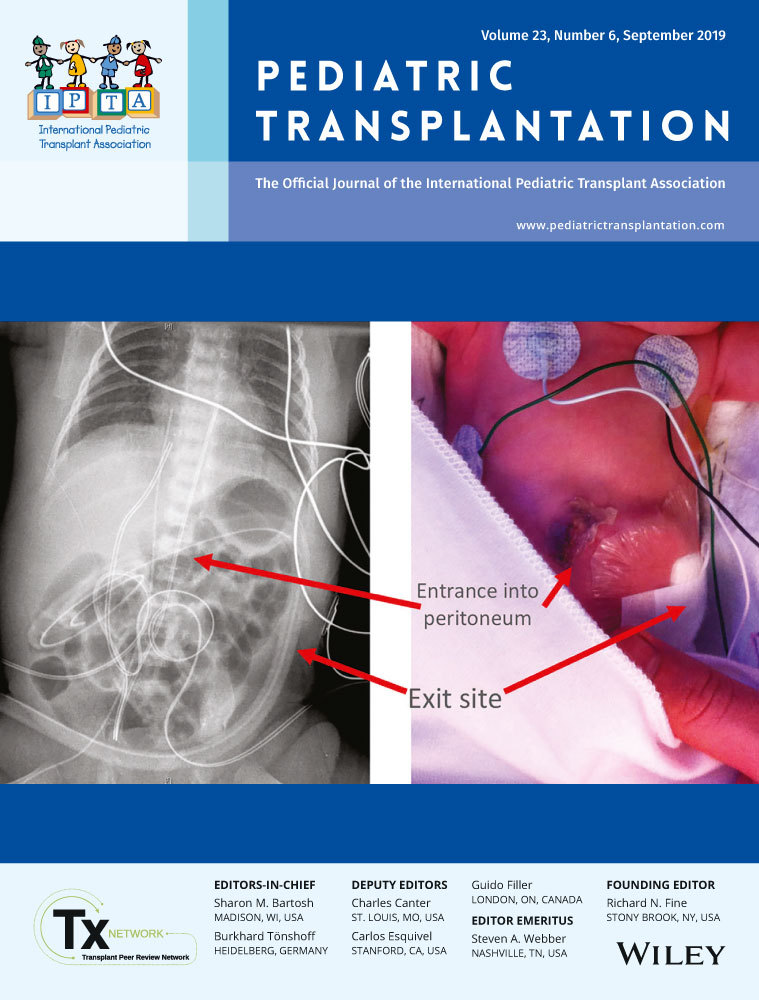Inadequate blood pressure control demonstrated by ambulatory blood pressure monitoring in pediatric renal transplant recipients
Abstract
Background
Adequate BP control in RT recipients should not rely only by normal office BP but also on normal 24-hour BP. This study aims to assess adequacy of BP control by ABPM and to assess ABPM parameters associated with LVMI in pediatric RT recipients.
Materials and methods
Patients aged 5-20 years who have been followed after RT were enrolled. Demographic data and BP assessed by office and ABPM were collected. Echocardiography was performed to detect LVMI.
Results
Thirty RT recipients (18 males) with median age of 15 years (IQR 13-18.5) were included. Among 23 patients who were taking antihypertensive drugs, uncontrolled hypertension was detected in 34.8% and 78.3% by office BP measurement and ABPM, respectively. Thus, the difference in prevalence of uncontrolled hypertension observed by ABPM versus office BP was 43.5%. Those seven patients who were not taking antihypertensive drugs because of normal office BP, four patients (57.1%) had masked hypertension and one patient had elevated BP. Fifteen patients have progression of LVH after RT. Multivariate analysis revealed that age (OR 1.369, 95%CI 0.985-1.904, P-value = 0.062) had a trend to be associated with progression of LVH. Moreover, nighttime systolic BP z-score was significantly correlated with LVMI (r = 0.551, P-value = 0.002).
Conclusion
The difference in prevalence of uncontrolled hypertension uncovered by ABPM was 43.5%. Nighttime SBP z-score was significantly correlated with LVMI.




